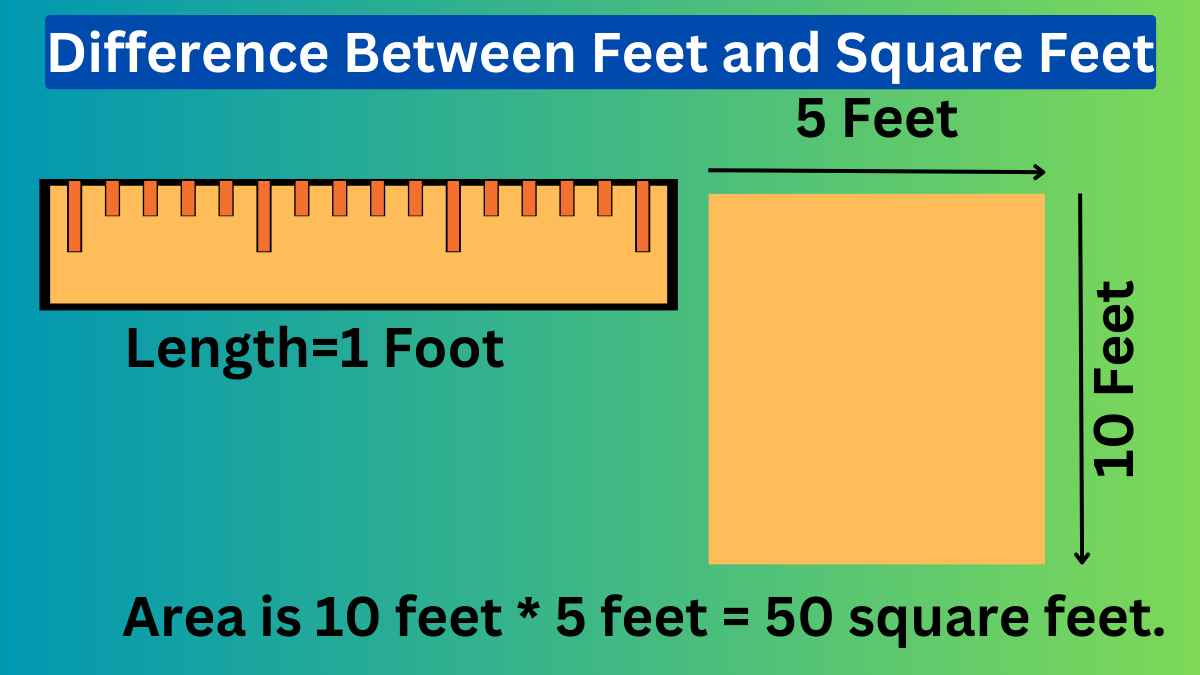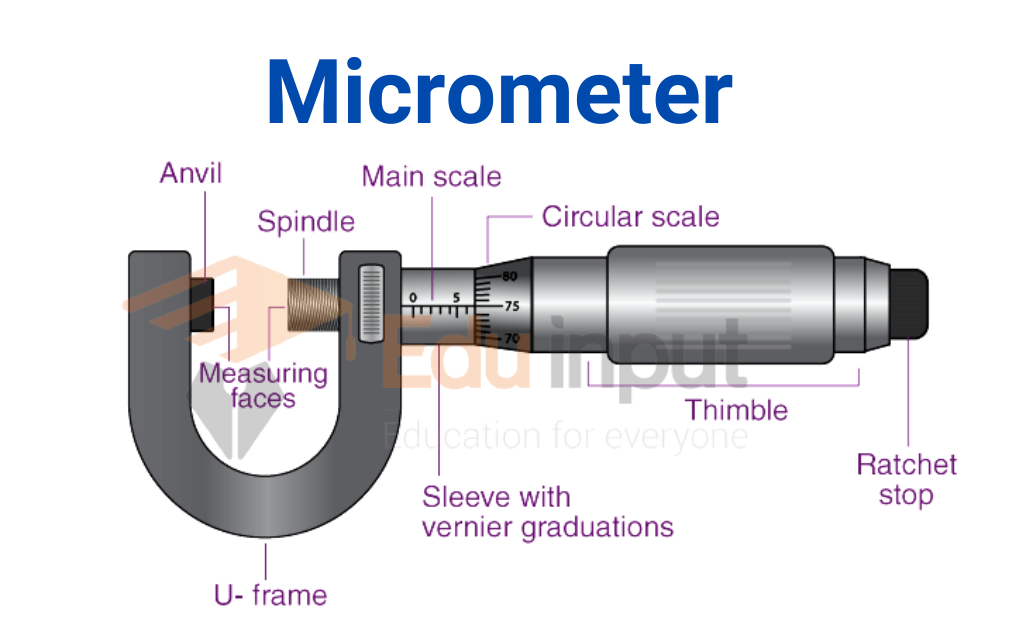Physical Quantities | System International(SI) Base Units
A quantity that is measurable and has physical meaning is called physical quantity.
Types of Physical Quantities
Physical quantities are of two types
- Base quantities
- Derived quantities
Base Quantities
The quantities are not derived from other quantities but other quantities are derived from these quantities.
Examples: Length, Mass, Time, etc.
Derived Quantities
The quantities which are derived from base quantities are called derived quantities.
Examples: Velocity, force, etc.
Steps for the measurement of a base quantity
There are two steps for the measurement of a base quantity.
- Choice of a standard
- The establishment of a procedure for comparing the quantity to e measured with the standard so that a number and a unit are determined as the measure of that quantity
Ideal Standard
An ideal standard has two principal characteristics.
- It is accessible
- It is invariable
The international system of units (SI)
SI is the abbreviation of the French word Système International.
In 1960 an international committee agreed on a set of definitions and standards to describe the physical quantities.
The International System of Units (SI) is a metric system that is widely used as a measurement standard. Scientific and technical research and development rely heavily on SI units. It consists of seven base units that are used to define 22 derived units.
The SI units can be stated as fractional numbers or as standard multiples. Prefix multipliers with powers of 10 ranging from 10-24 to 1024 are used to define these numbers.
The system international defines units in two groups
- Base units
- Derived unit
SI base unit
The units that belong to the base quantity are called base units.
Seven Base SI Unit
The SI Base units are the foundation for all other units. There are 7 base units.

What is Meter?
The SI unit of length is the meter, which is defined as the length of the path traveled by light in a vacuum in 1/299 792 458 of a second.
What is Kilogram?
In SI 1 kg is equal to the mass of a cylinder of platinum-iridium, the International Prototype of the Kilogram (IPK)
What is Second?
Second is defined as 1/86400 of a day. This component is derived from the partition of a day into 24 hours, then 60 minutes, and finally 60 seconds (24×60×60 = 86400).
What is Ampere?
Every 1.602176634 seconds, an ampere is the electric current corresponding to 1019 elementary charges passing.
What is Kelvin?
One Kelvin is equal to a change in the thermodynamic temperature T that results in a change of thermal energy kT by 1.380649×10−23 J.
What is Mole?
A mole is the amount of a substance that includes exactly 6.02214076 X10-23 of the substance’s elementary entities.
What is Candela?
The candela is the luminous intensity in a given direction of a source that emits monochromatic radiation of frequency 540×1012 hertz and that has a radiant intensity in that direction of 1/683 watt per steradian.
Derived Unit
The units which belong to derived quantity are called derived units.
Because they are generated by various operations on the base units, the derived units are limitless. The dimensions of derived units are represented in terms of the dimensions of base units. A combination of base and derived units can also be used to express derived units.
There are some derived units. For example work, electric charge, power, and capacitance.

What are Supplementary Units?
The units which are not classified under either base or derived units are called supplementary units.
There are two supplementary units Radian and steradian
What is Radian?
An angle of one radian is formed by an arc of a circle with the same length as its radius. In a complete circle, there is 2 radian.

What is Steradian?
The angle covered an area of surface equal to the square of the sphere’s radius at the center. In the complete sphere, there are 4 steradians.

Frequently Asked Questions(FQAs)
What is the standard international SI base unit?
The SI (International System of Units) is a system of measurement that starts with seven base units.
How many base units are there?
There are seven base units.
Length
Time
Electric Current
Mass
Temperature
Luminous intensity
Amount of substance
What are derived units?
The units which are derived from base units are called derived units.
What is the importance of SI units?
SI units are so important because they provide a common language that people from all corners of the world can use to communicate with one another, especially when it comes to business or science.
Additionally, SI units make it very easy to express large or small numbers using prefixes.
What are Supplementary units?
The units which are not classified under either base or derived units are called supplementary units. There are two supplementary units. Radian and Steradian.







Leave a Reply